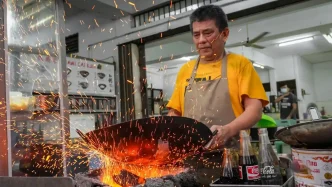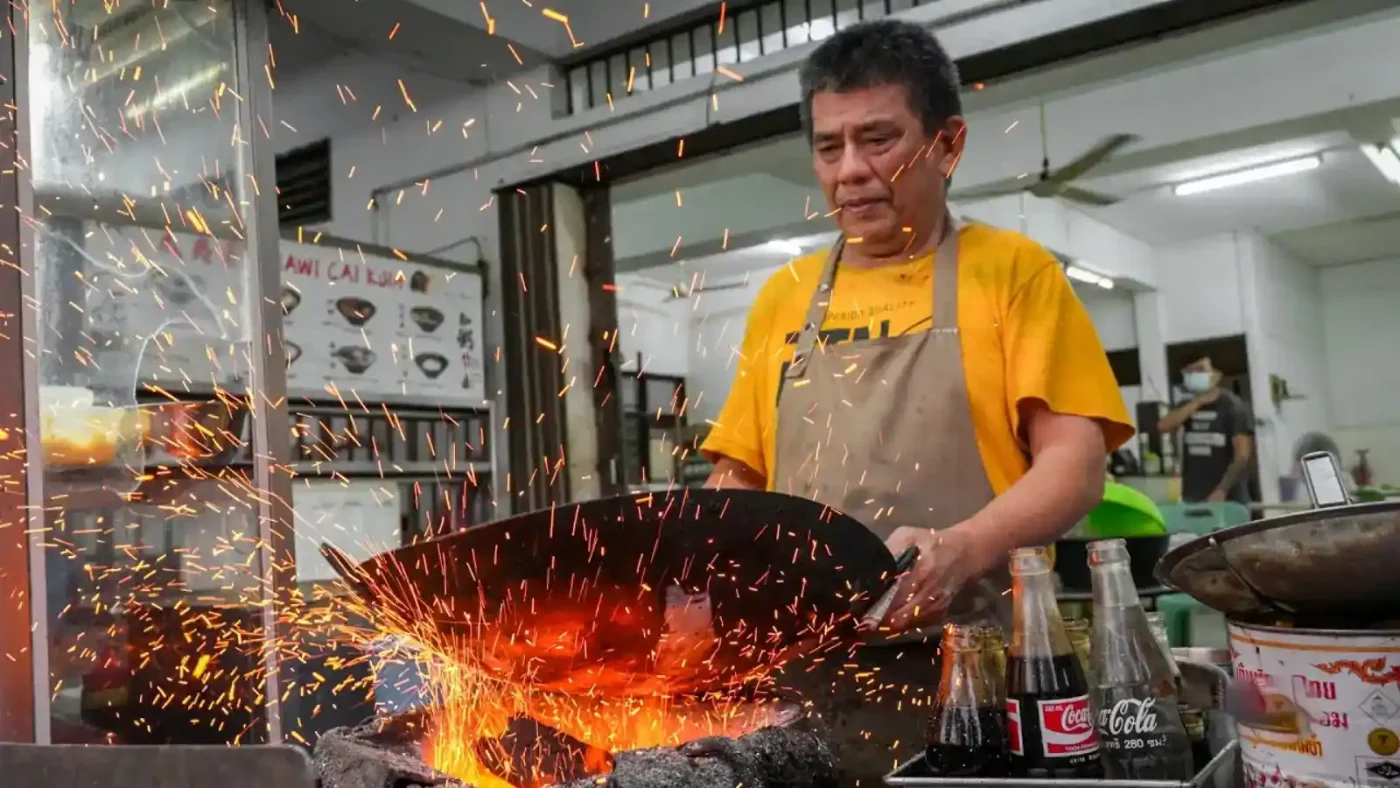Penang, a culinary gem in Malaysia’s northern region, has a new street food hero. At the recent Char Koay Teow Championship, a fiercely competitive event celebrating one of the island’s most iconic dishes, a local hawker emerged victorious, claiming the coveted title of champion. The event, held amid the vibrant street markets of George Town, drew thousands of food enthusiasts eager to witness the mastery behind this beloved stir-fried noodle dish.
A Celebration of Penang’s Culinary Heritage
Char Koay Teow, a smoky, savory noodle dish made with flat rice noodles, prawns, cockles, bean sprouts, and a signature blend of soy sauce and chili, is more than just food in Penang—it’s a cultural institution. Often cooked over a roaring charcoal fire, the dish embodies the island’s rich blend of Chinese, Malay, and Indian influences. The annual championship, now in its fifth year, showcases the skill and passion of hawkers who have perfected their craft over generations.
This year’s event saw over 20 vendors from across Penang compete in a grueling day-long cook-off. Judges, including local food critics and celebrity chefs, evaluated each dish based on flavor, texture, wok hei (the coveted “breath of the wok” smokiness), and presentation. The winner, 48-year-old hawker Lim Ah Seng, captivated the panel with his meticulous balance of sweet, spicy, and umami flavors. “I’ve been cooking Char Koay Teow for 30 years, learning from my father” said Lim. “This win is for my family and every customer who has supported my stall.”
The Man Behind the Wok
Lim, who runs a modest stall in a bustling George Town night market, has long been a local favorite. His victory, however, has thrust him into the national spotlight. Regulars at his stall describe his cooking as “addictive,” praising his ability to achieve the perfect char on the noodles without overpowering the dish’s delicate ingredients. During the competition, Lim’s signature touch—a dash of house-made chili paste—earned high praise for adding depth to the traditional recipe.
For Lim, the win is not just a personal triumph but a chance to preserve Penang’s street food legacy. “Young people today don’t always want to take over family stalls” he said. “I hope this inspires them to see the value in our traditions.” His comments reflect a broader concern among Penang’s hawker community, many of whom worry that rising costs and changing lifestyles could threaten the future of street food culture.
A Boost for Penang’s Food Tourism
The Char Koay Teow Championship is more than a local event; it’s a draw for tourists seeking an authentic taste of Malaysia. Penang, already a UNESCO World Heritage Site for its historic architecture and cultural diversity, has cemented its status as a foodie destination. Events like these highlight the island’s unique gastronomic offerings, from Assam Laksa to Roti Canai, attracting visitors from across Southeast Asia and beyond.
Local tourism officials estimate that food-related tourism contributes significantly to Penang’s economy, with street food festivals alone drawing thousands of international visitors each year. The championship, sponsored by the Penang State Government, is seen as a way to promote small businesses while celebrating the island’s intangible heritage. “Food is our identity” said a spokesperson for the tourism board. “We want the world to know Penang through dishes like Char Koay Teow.”
Challenges on the Horizon
Despite the celebratory mood, the event also shed light on challenges facing Penang’s hawkers. Rising ingredient costs, particularly for prawns and cockles, have squeezed profit margins for many vendors. A plate of Char Koay Teow, once an affordable meal at around 5 Malaysian Ringgit (US$1), now often costs closer to 8-10 Ringgit (US$2-2.50) at popular stalls. For hawkers like Lim, maintaining quality while keeping prices accessible is a constant balancing act.
Additionally, urban development in George Town has reduced the number of traditional hawker spaces, pushing some vendors to less central locations. Food enthusiasts worry that without intervention, the soul of Penang’s street food scene—its accessibility and spontaneity—could be lost. Local advocacy groups are calling for policies to protect hawker zones and provide financial support to small vendors, ensuring that events like the championship remain a celebration rather than a farewell.
As Penang’s new Char Koay Teow champion basks in his well-earned glory, the city’s residents and visitors alike are reminded of the simple joys found in a perfectly cooked plate of noodles. For Lim Ah Seng and countless others, the wok continues to tell a story of resilience, community, and flavor—one that Penang hopes to share with the world for years to come.
















